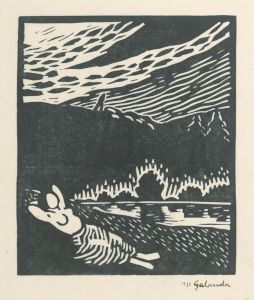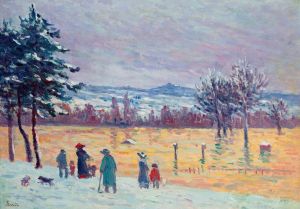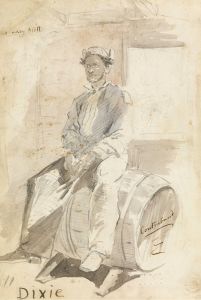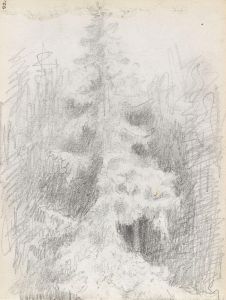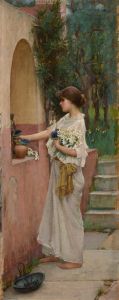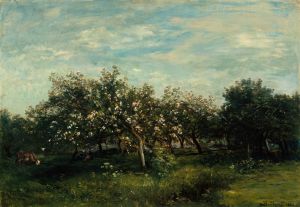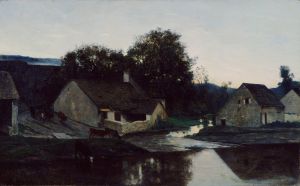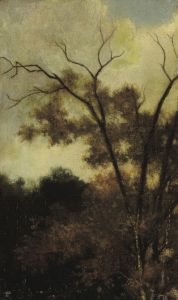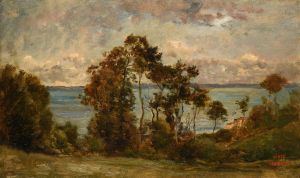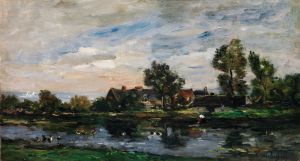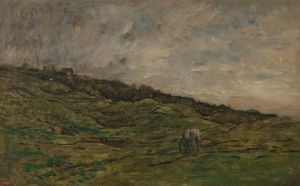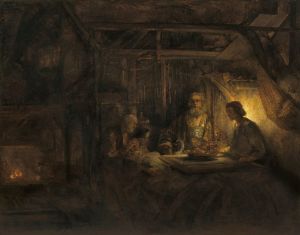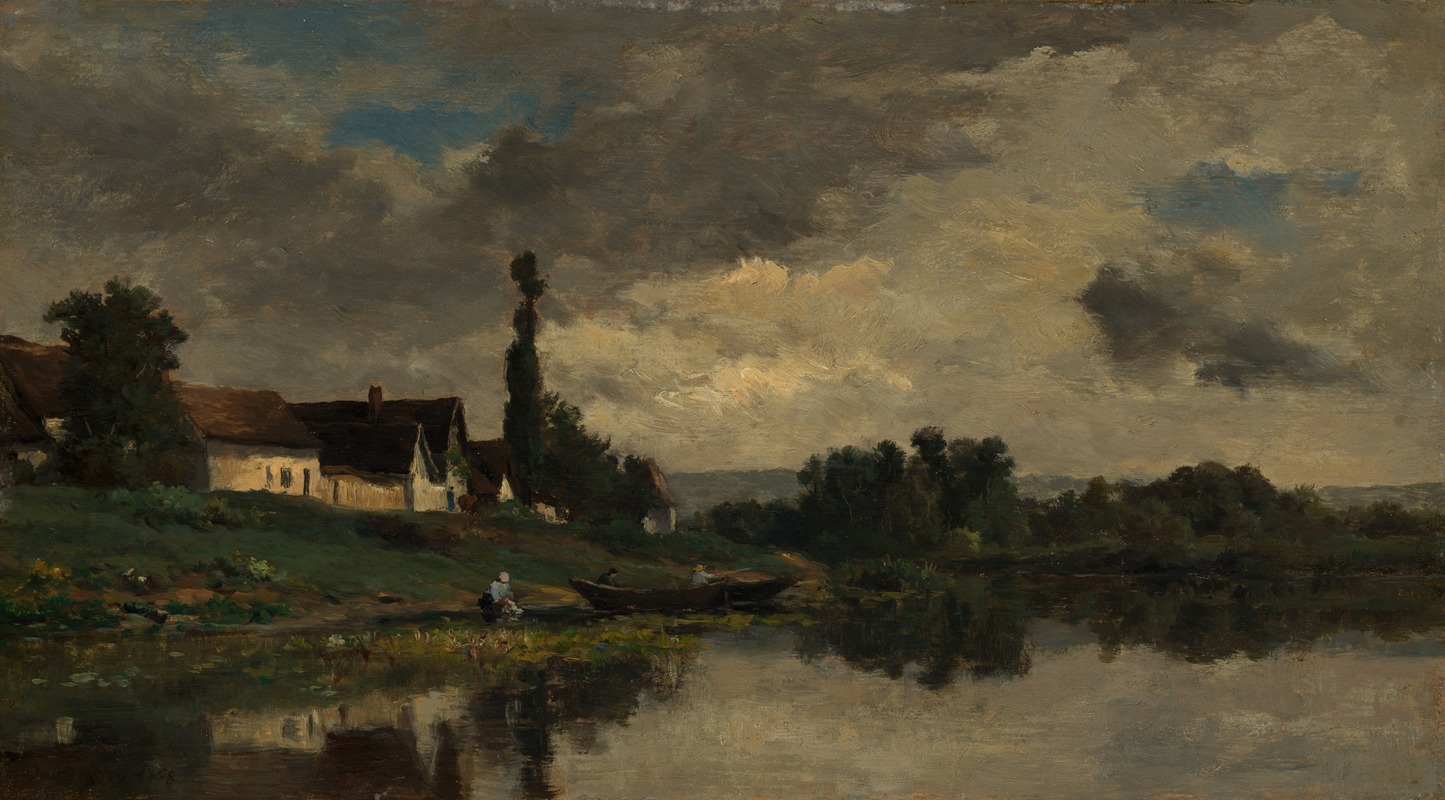
Portejoie on the Seine
A hand-painted replica of Charles François Daubigny’s masterpiece Portejoie on the Seine, meticulously crafted by professional artists to capture the true essence of the original. Each piece is created with museum-quality canvas and rare mineral pigments, carefully painted by experienced artists with delicate brushstrokes and rich, layered colors to perfectly recreate the texture of the original artwork. Unlike machine-printed reproductions, this hand-painted version brings the painting to life, infused with the artist’s emotions and skill in every stroke. Whether for personal collection or home decoration, it instantly elevates the artistic atmosphere of any space.
"Portejoie on the Seine" is a painting by the French artist Charles François Daubigny, who was a prominent figure in the Barbizon School, a movement that paved the way for Impressionism. Daubigny was born in Paris on February 15, 1817, and he became known for his innovative approach to landscape painting, often working en plein air, or outdoors, to capture the natural light and atmosphere of the scene.
The painting "Portejoie on the Seine" depicts a serene view of the Seine River, with the village of Portejoie situated along its banks. This work exemplifies Daubigny's skill in rendering the tranquil beauty of rural France, a theme that recurs throughout his oeuvre. The composition typically features the river as a central element, with reflections on the water and a harmonious blend of sky, land, and vegetation. Daubigny's use of light and shadow, along with his delicate brushwork, creates a sense of depth and realism that invites the viewer into the peaceful landscape.
Daubigny was known for his innovative techniques, including the use of a boat, which he converted into a floating studio. This allowed him to paint directly from the water, providing unique perspectives and a closer connection to his subject matter. His approach influenced many younger artists, including Claude Monet, who would later become a leading figure in the Impressionist movement.
"Portejoie on the Seine" is a testament to Daubigny's dedication to capturing the essence of the natural world. His ability to convey the subtle nuances of light and atmosphere set him apart from many of his contemporaries. The painting reflects the artist's deep appreciation for the French countryside and his desire to portray it with authenticity and sensitivity.
Throughout his career, Daubigny received numerous accolades and his works were exhibited widely. He was awarded the Legion of Honor in 1859, a recognition of his significant contributions to French art. His paintings are held in major museums and collections around the world, including the Louvre in Paris and the National Gallery in London.
In summary, "Portejoie on the Seine" by Charles François Daubigny is a notable example of 19th-century French landscape painting. It captures the tranquil beauty of the Seine River and the village of Portejoie with a masterful use of light and composition. Daubigny's innovative techniques and dedication to painting en plein air had a lasting impact on the development of landscape art and influenced future generations of artists.





